
Why is cattle fencing important? The thing is, you wouldn't want your cattle to graze on some other person's property. That's alright if you are in a place where there is a shared-grazing rights policy implemented by the government. Otherwise, it simply isn't acceptable. When your cattle graze on other rancher's private property, that means those other ranchers would have less grass, therefore, less food, for their cattle.
Now that the importance of cattle fencing is established, surely, you will want to install fencing on your property. However, it isn't easy as most people think it is as this is another important part when farming cattle.
Planning
Since most cattle thrive on grazing, you need to set up your ranch in a rather wide area. That makes cattle fencing more costly, than, say, fencing for your country house. You need to consider the material you would use, and the layout of your ranch. You need to consider the points where your fencing would go through - waterways, driveways and buildings such as barns or silos. You also need to know where the corner posts would be as you need to make those posts stronger.
Choosing the Fencing Type
There are a lot of fencing materials out in the market. You can use barbed wire, electric fence, chain links and steel fences. Most farmers use barbed wire and high tensile electric fences as they are both relatively cheaper than the other fencing types. Barbed wire is great for establishing property boundaries and is especially recommended for very large areas; however, it can damage cattle hide. Electric fences are also a good deterrent for human trespassers, and it can train animals not to step outside the fence. These fences can be solar-powered and releases non-lethal voltage. Chain link fencing can be used but it is more expensive compared to barbed wire. Steel Fences, on the other hand are sturdy; however, they are more expensive and are only recommended for smaller enclosures, such as those for horses.
Installation
After choosing the cattle fencing type that you want for your barn, you also need to get other materials for installing it. You would need fence posts, digging equipment (such as shovels; better yet, and a tractor and auger), a hammer, pliers, nails or large wire staples, cement and water.
When digging for the fence posts, the amount of digging needed depends on the location of your post - is it a corner post or a regular one? For corner posts, you have to make them sturdier, so you have to dig more - 1/3 or even 1/4 of your post height would do. It can be less, depending on the type of soil. Fortifying corner posts with cement is a good idea. There are step-by-step guides at online resources that you can take a look at.
Cattle don't jump as much as a deer or other animals do. Your fence can hold them in, as soon as you did a decent job setting them up. However, no matter how awesome your fencing is, you still need to check them regularly. While life is not all about boundaries, checking and mending your cattle fencing is an important aspect of ranch life.
Looking for more tips on cattle fencing? Visit the how to raise cattle website today to discover everything you need to know and how easy it is to raise your own cattle. Separate yourself from the usual cattle owners and avoid costly mistakes. Go to: www.howtoraisecattle.com
 How To Help Your Senior Dog To Maintain Their Bodyweight
How To Help Your Senior Dog To Maintain Their Bodyweight
 How To Deal With Cracked Pads & Other Dog Paw Injuries
How To Deal With Cracked Pads & Other Dog Paw Injuries
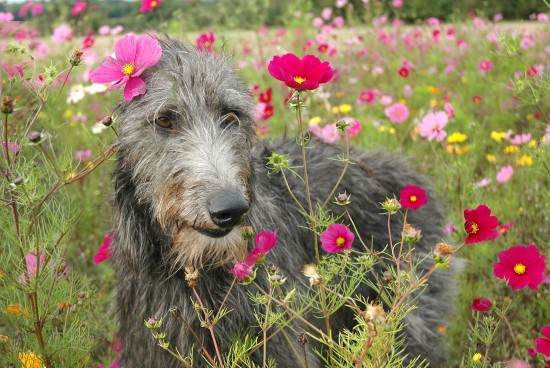 More Information On The Scottish Deerhound Dog Breed
More Information On The Scottish Deerhound Dog Breed
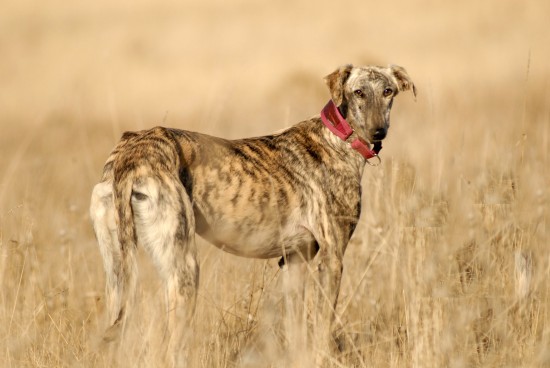 Greyhound Longevity And Hereditary Health
Greyhound Longevity And Hereditary Health
 Ways In Which The Dewclaws Can Serve An Important Purpose For The Dog
Ways In Which The Dewclaws Can Serve An Important Purpose For The Dog
 Health Problems Common To The Doberman Pinscher Dog Breed
Health Problems Common To The Doberman Pinscher Dog Breed
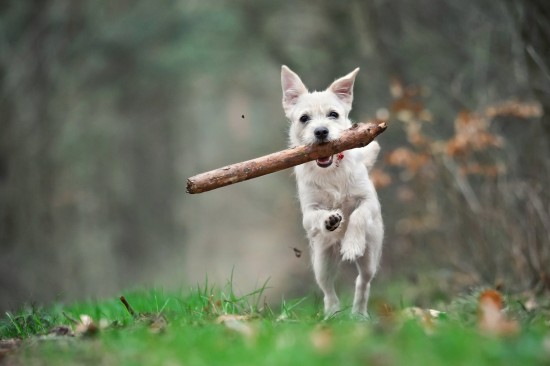 The Importance Of Letting A Dog Be A Dog
The Importance Of
The Importance Of Letting A Dog Be A Dog
The Importance Of
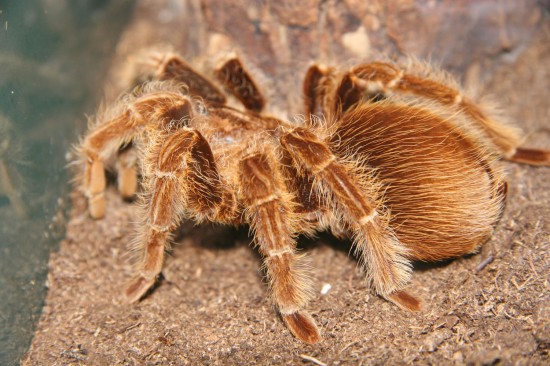 Tips For Choosing And Buying A Healthy Pet Tarantula
Tips For Choosing
Tips For Choosing And Buying A Healthy Pet Tarantula
Tips For Choosing
 Are Some Breeds Of Dog More Susceptible To Cancer Than Others?
Are Some Breeds O
Are Some Breeds Of Dog More Susceptible To Cancer Than Others?
Are Some Breeds O
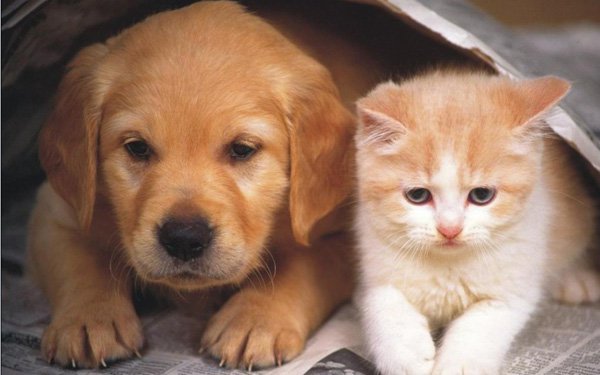 Get Animal Help from Gofundme to Raise Funds to Pay Pet's Medical Bills
Get Animal Help from Gofundme to Raise Funds to Pay Pet�
Get Animal Help from Gofundme to Raise Funds to Pay Pet's Medical Bills
Get Animal Help from Gofundme to Raise Funds to Pay Pet�
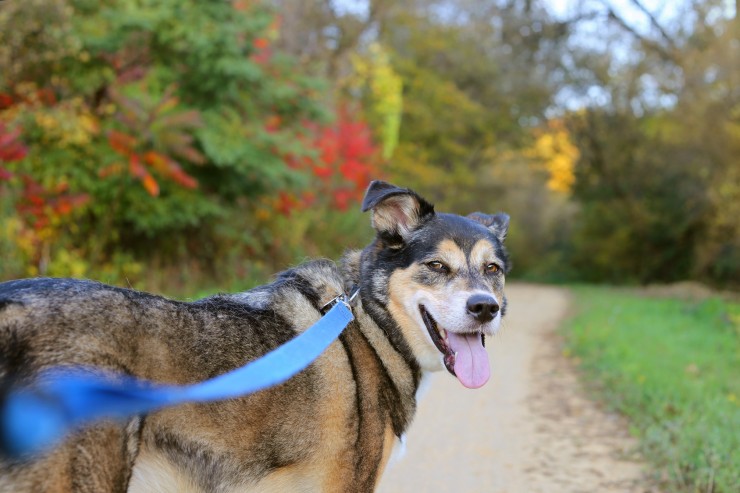 Keeping Other People And Dogs Safe When You’re Out With Your Own Dog
Keeping Other Peo
Keeping Other People And Dogs Safe When You’re Out With Your Own Dog
Keeping Other Peo
Copyright © 2005-2016 Pet Information All Rights Reserved
Contact us: www162date@outlook.com